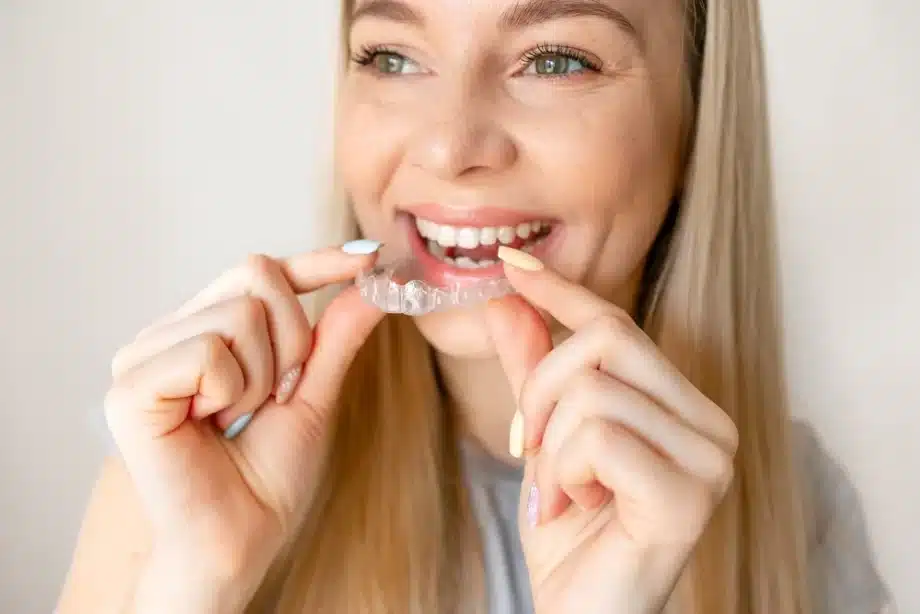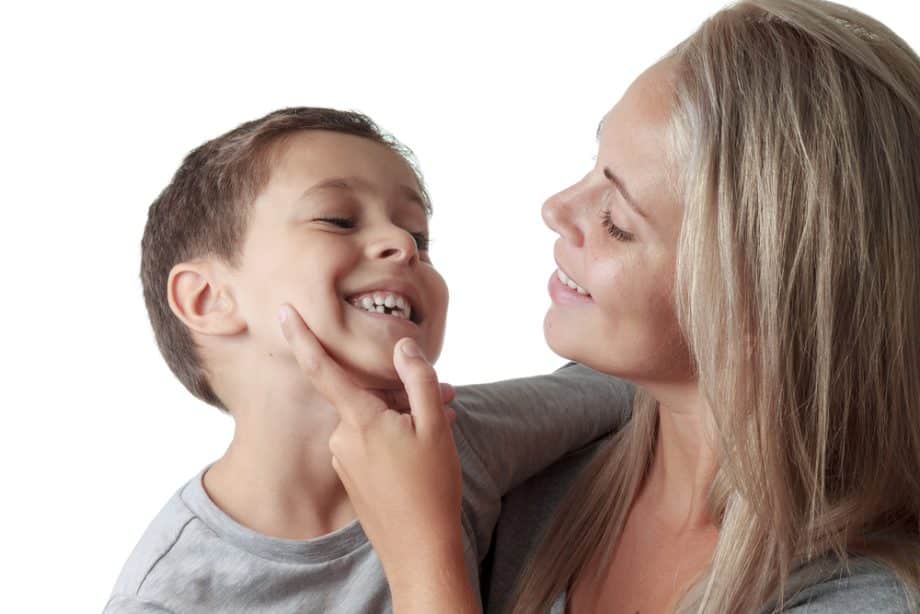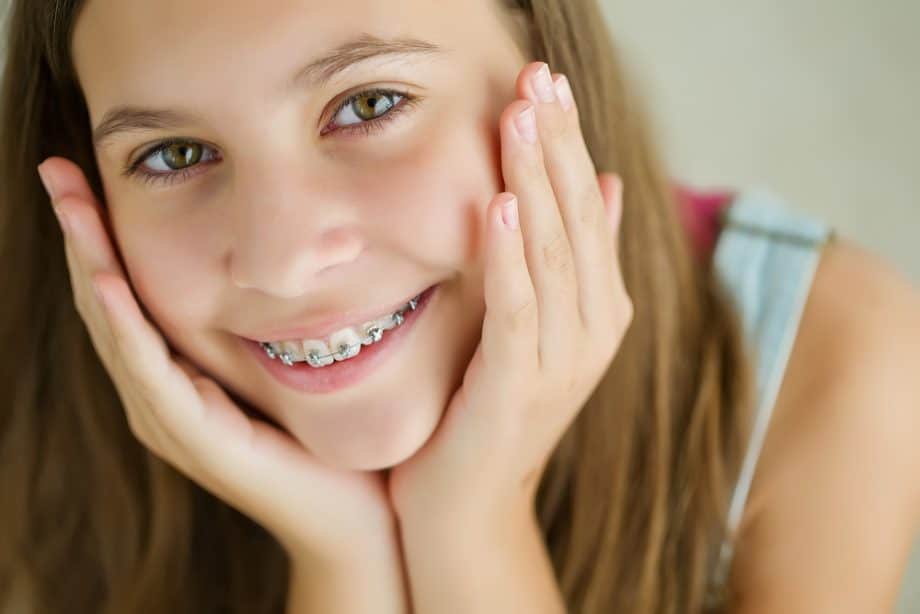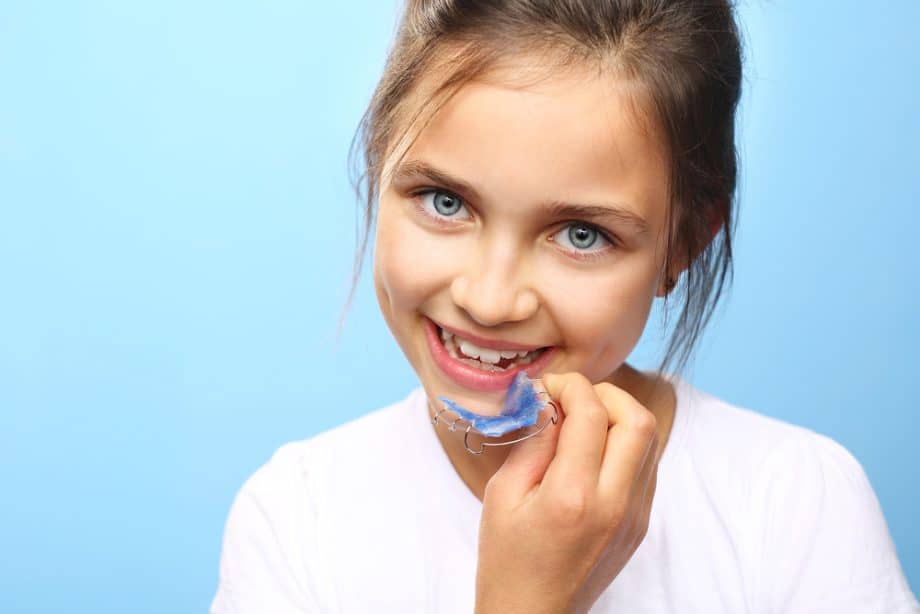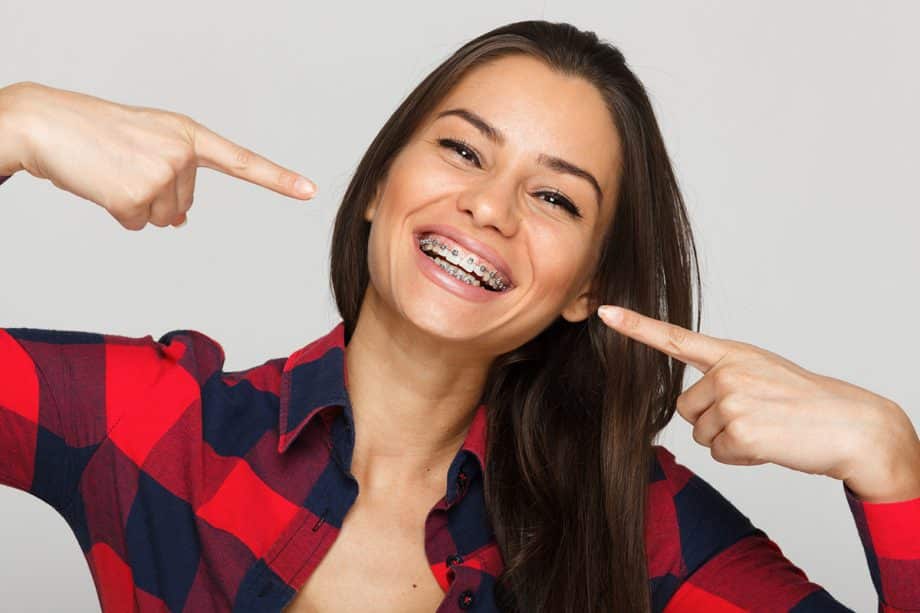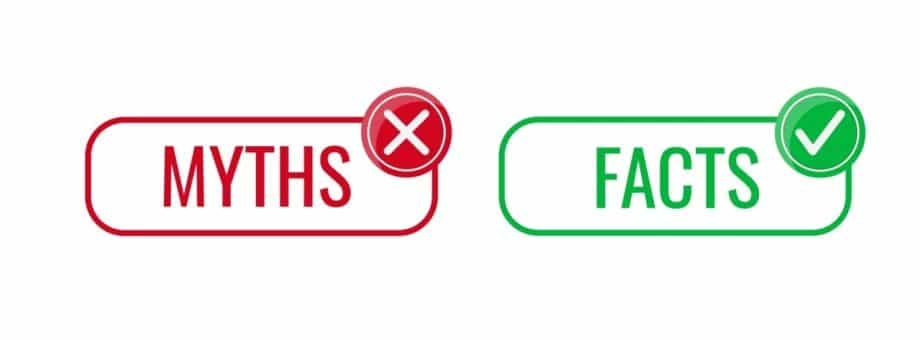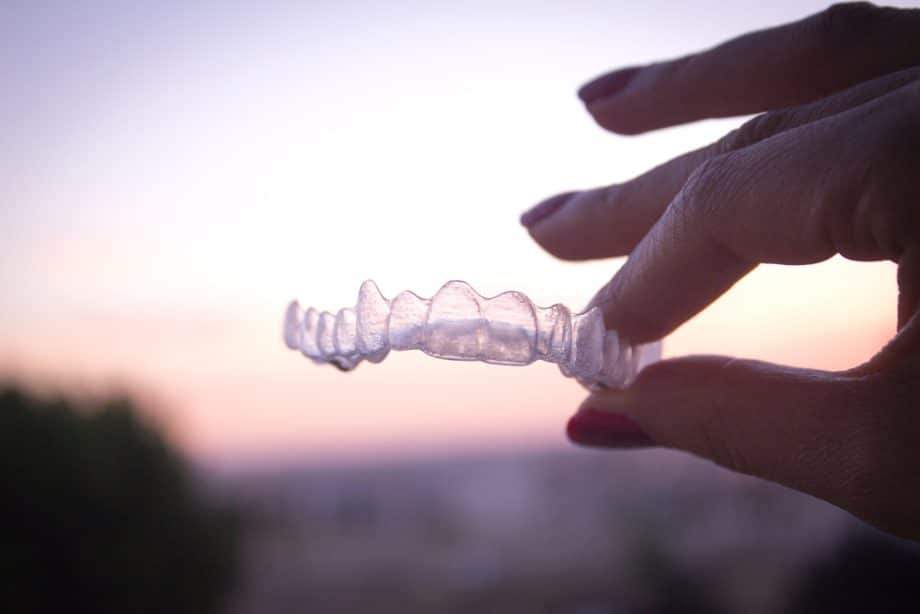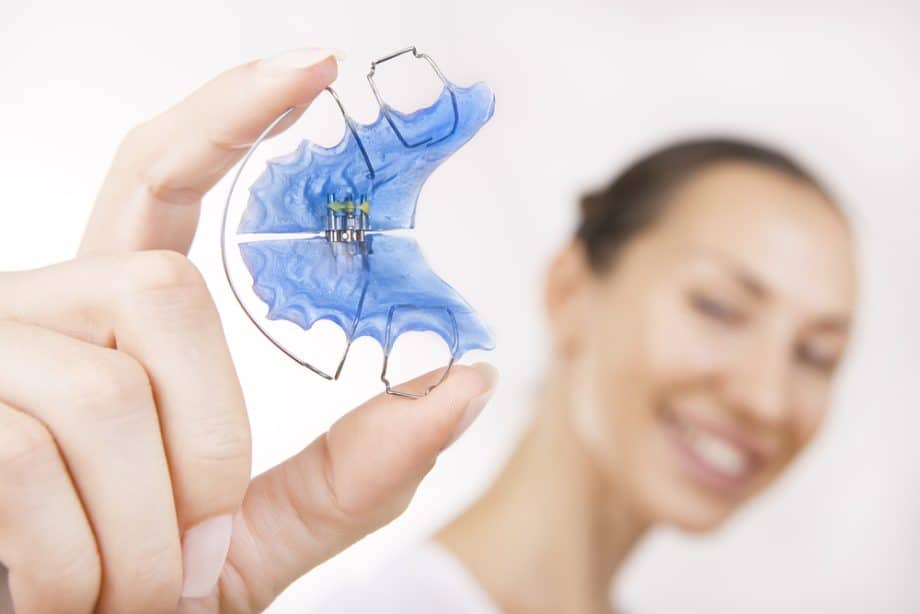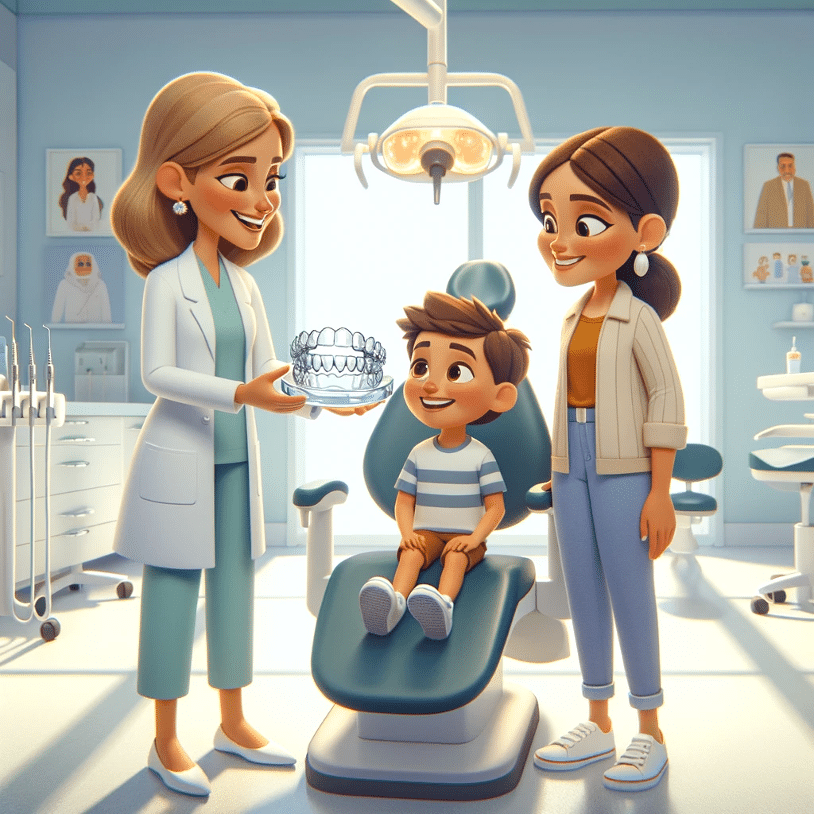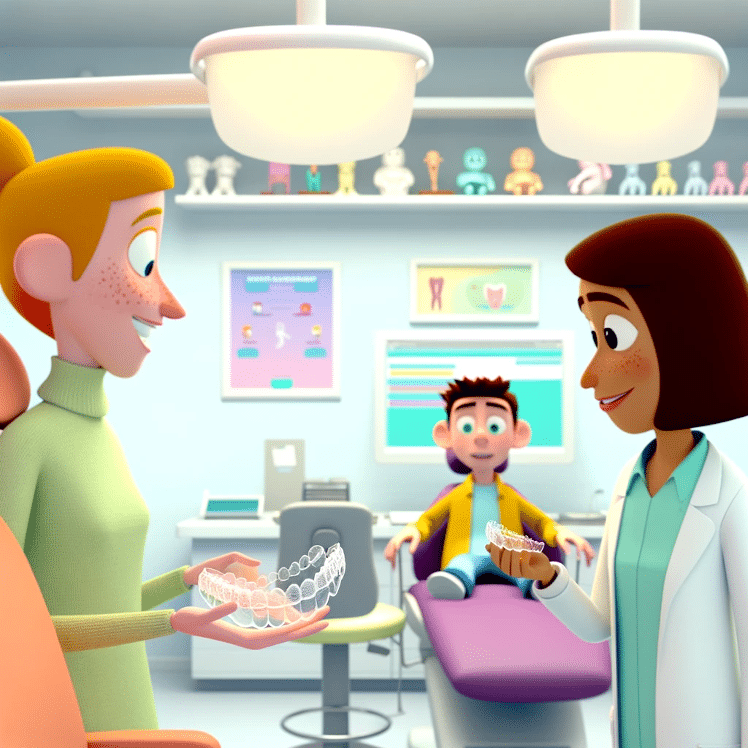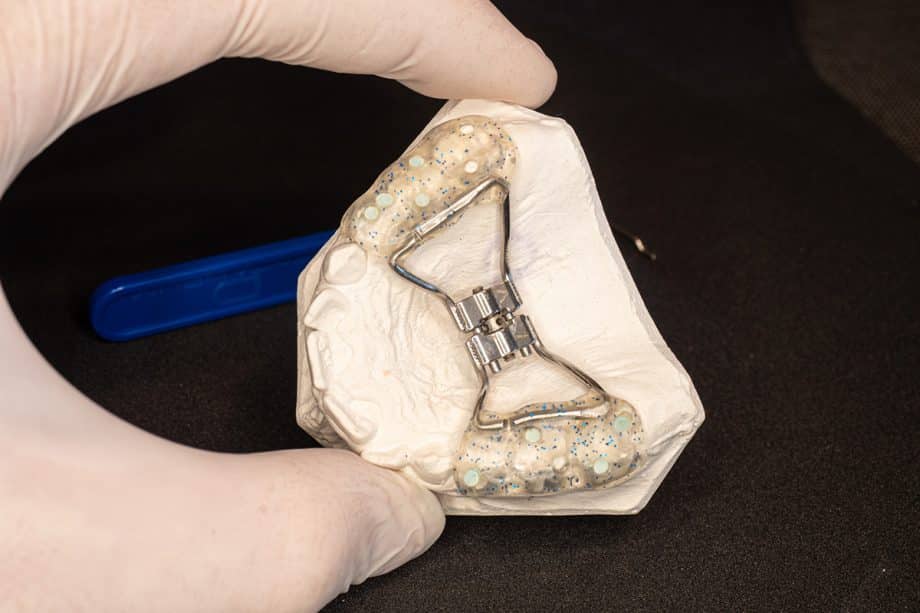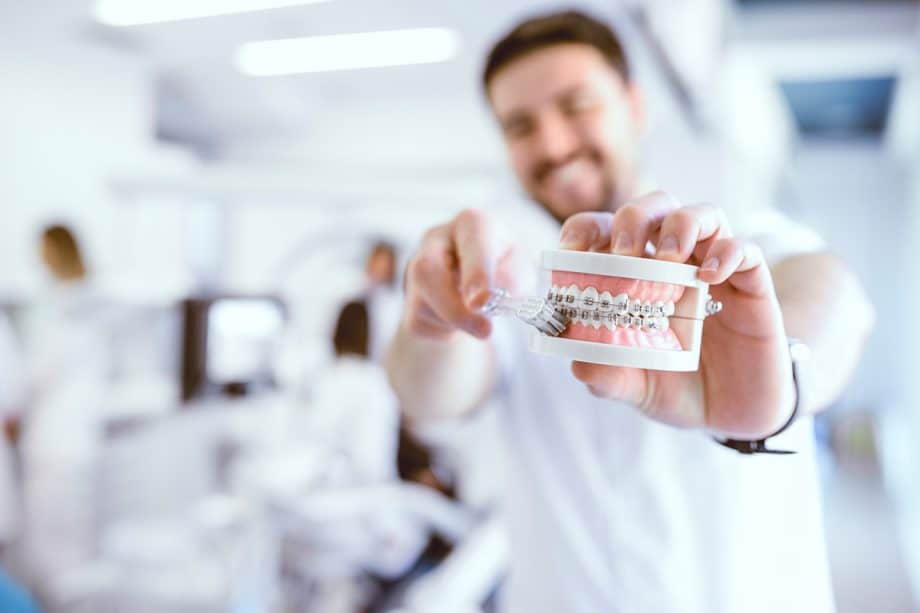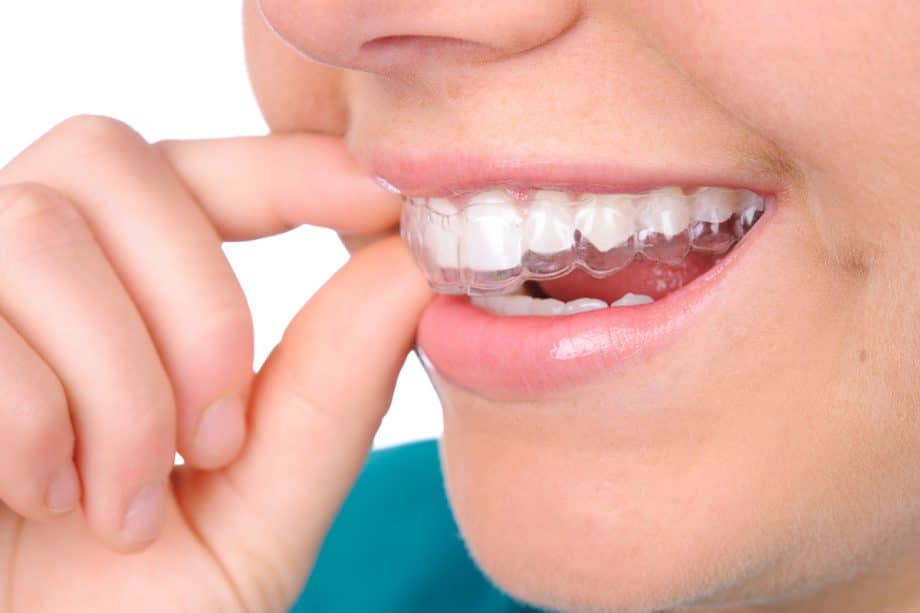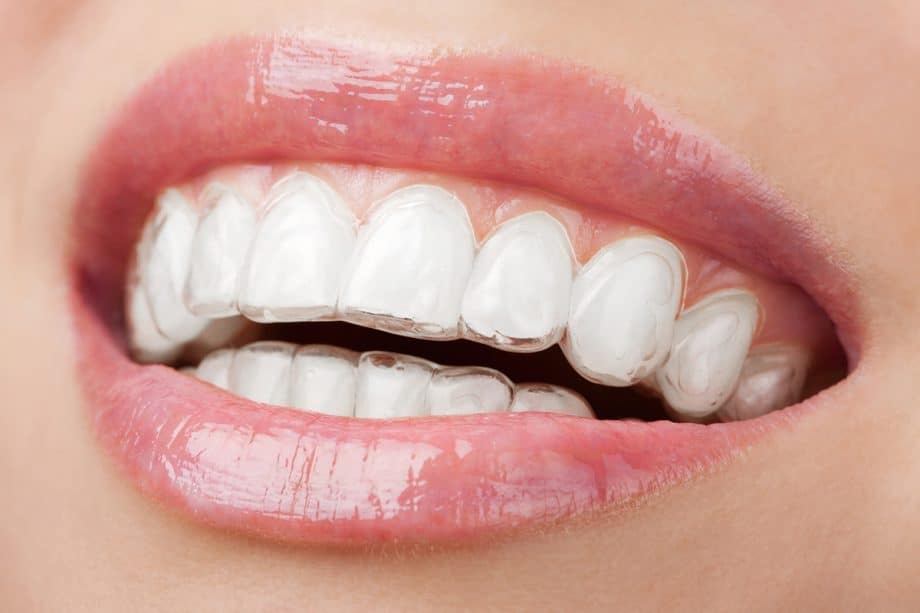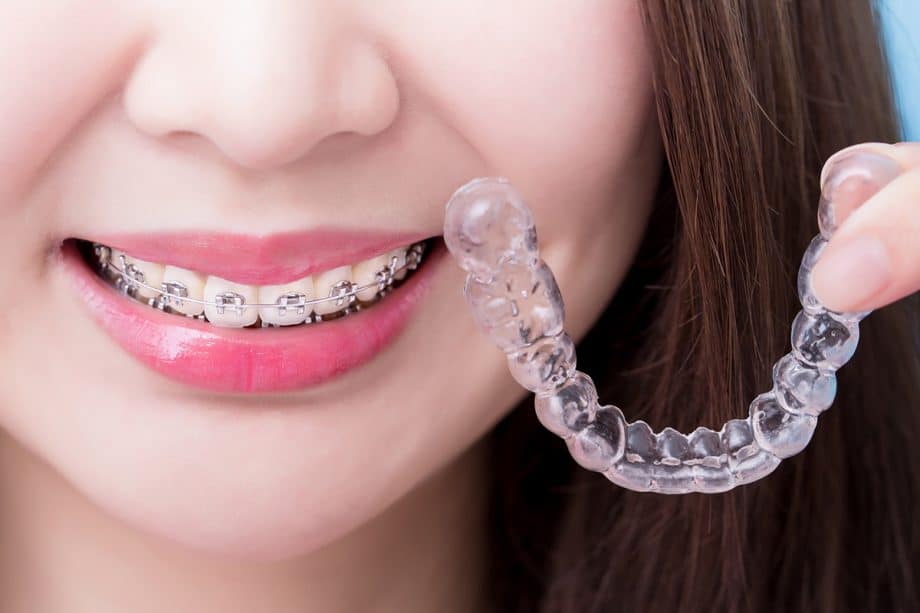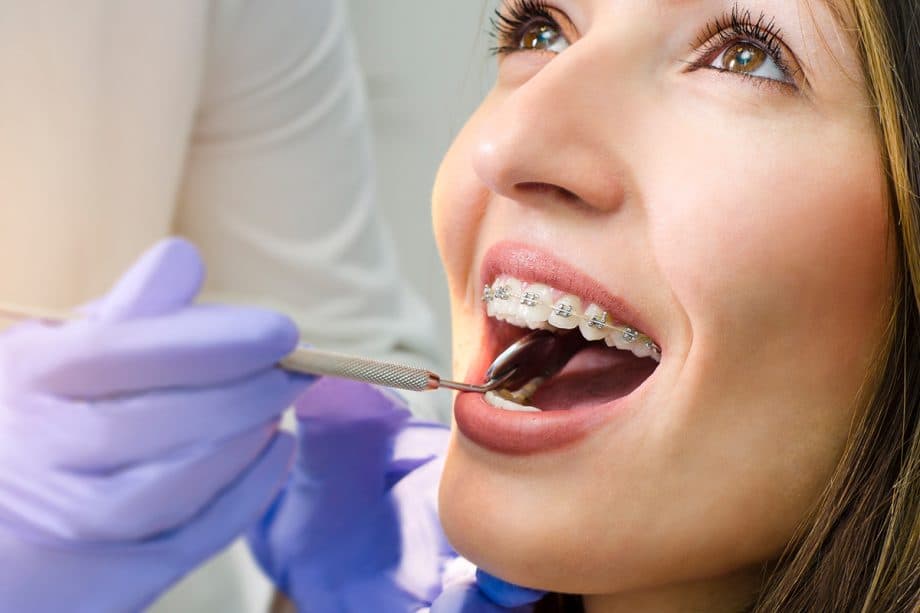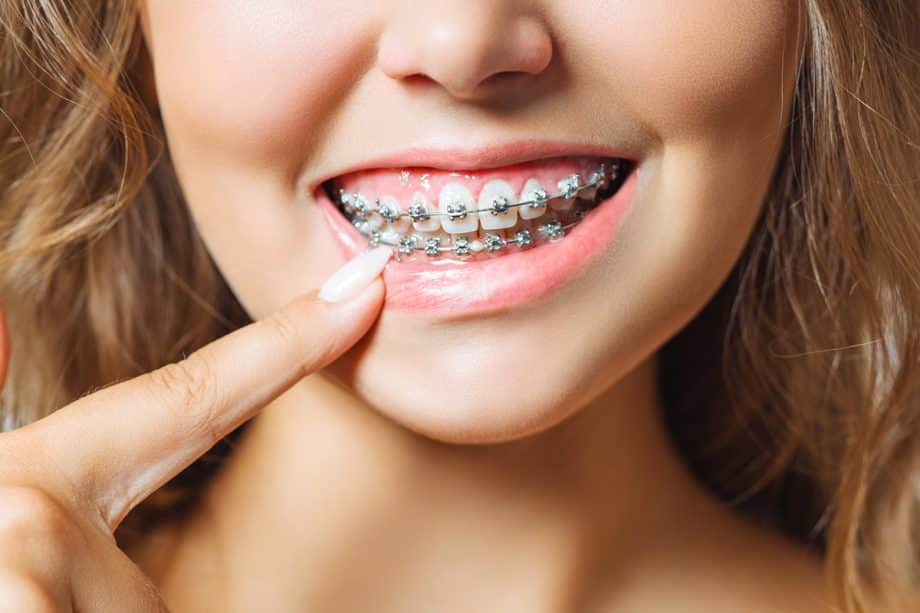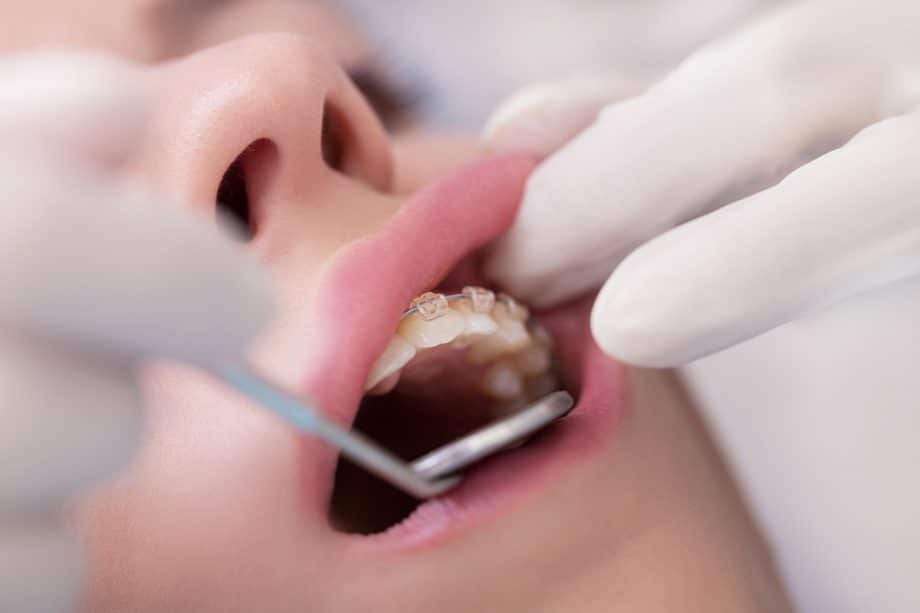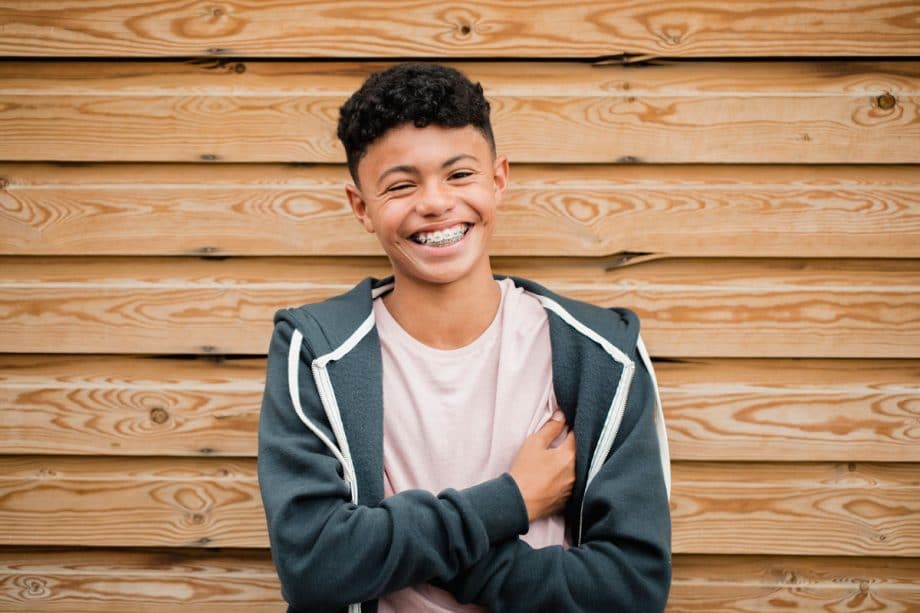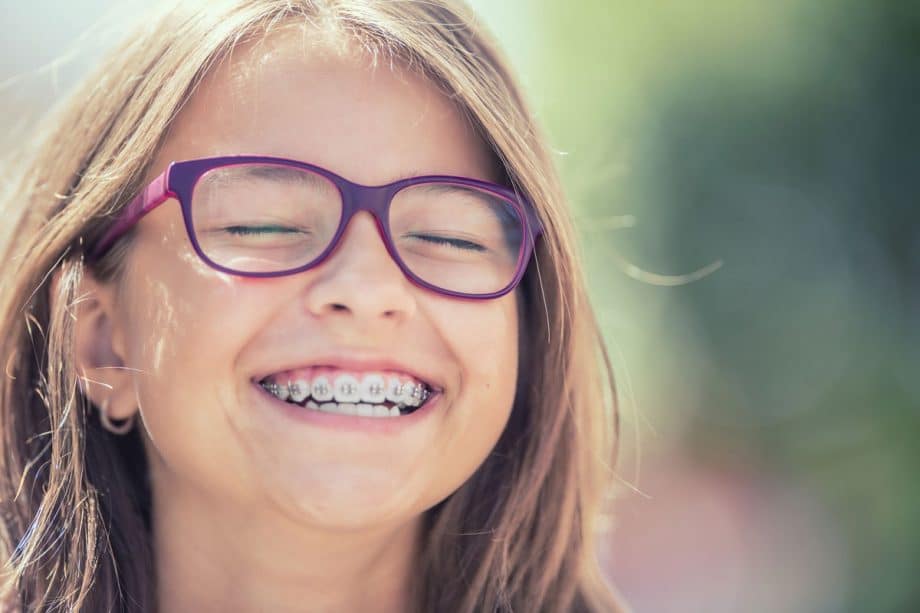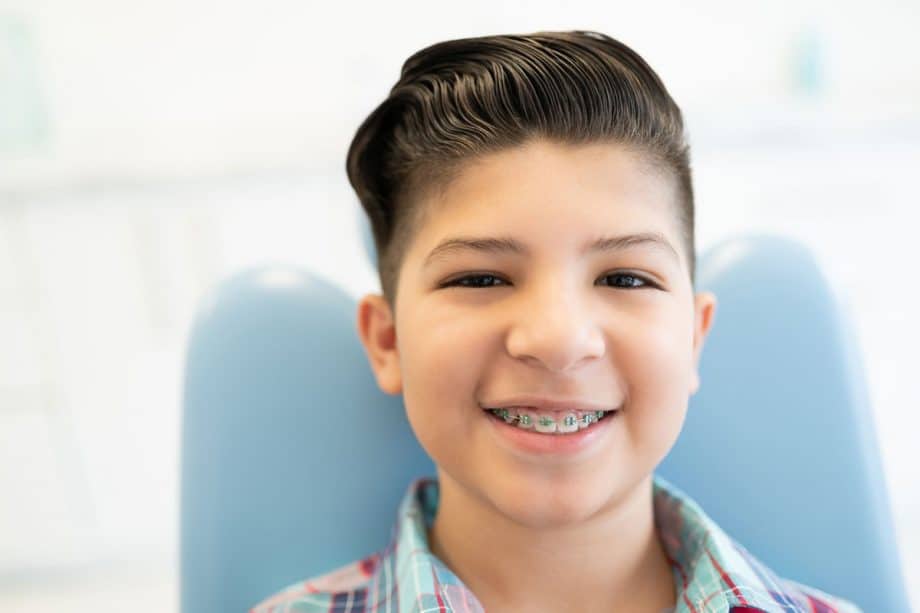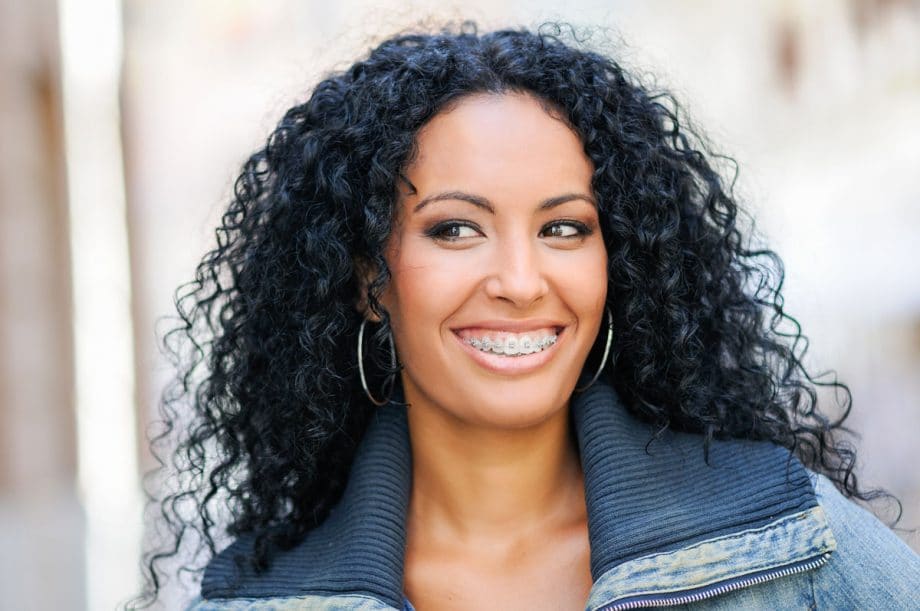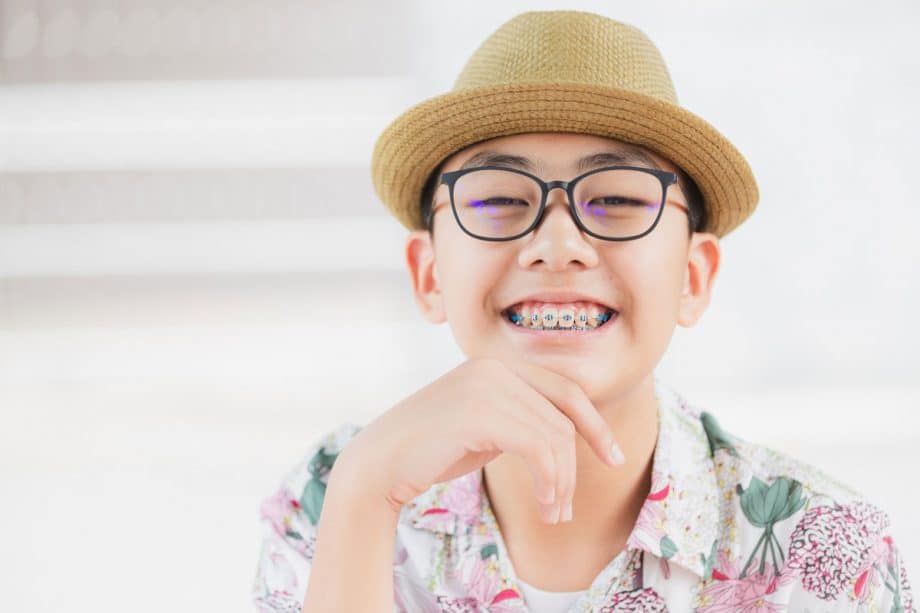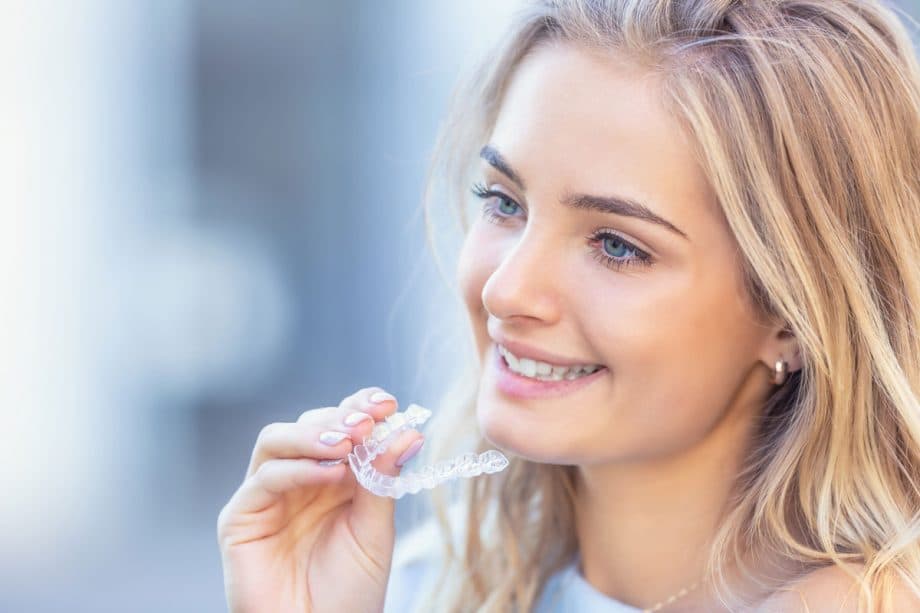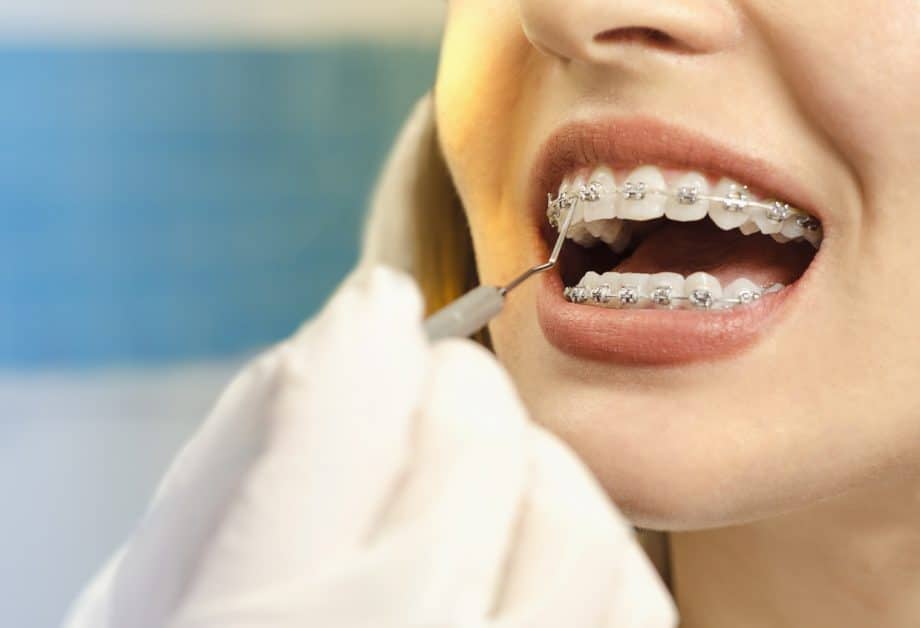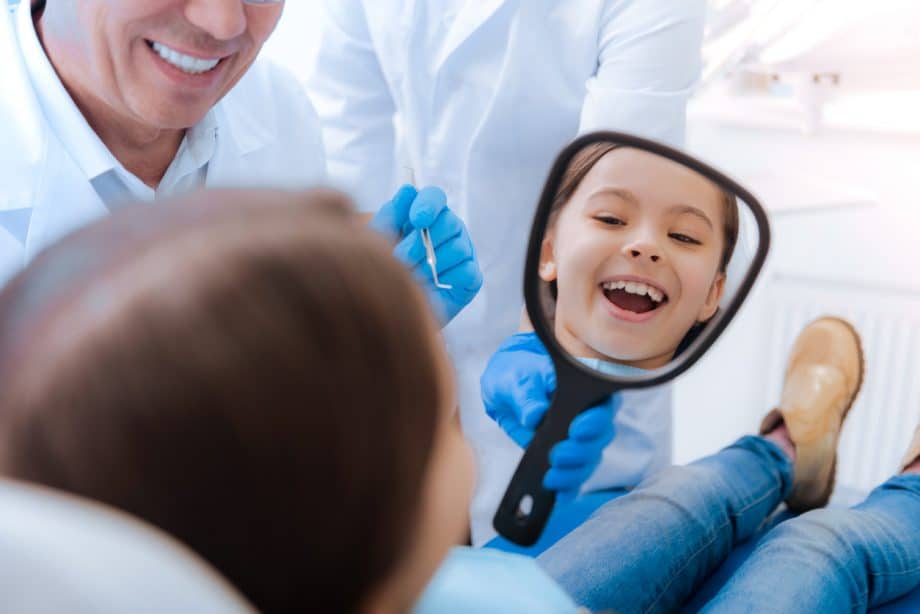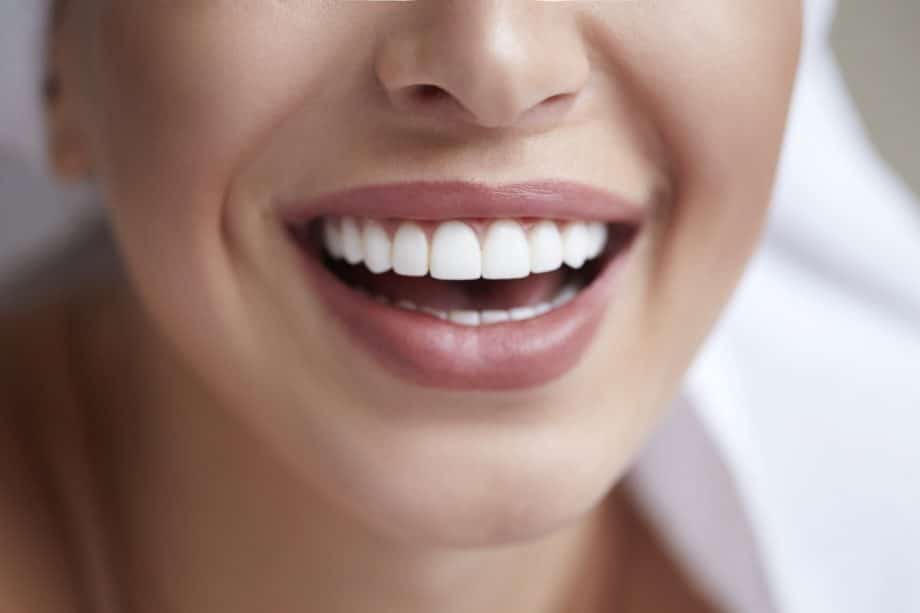Dreaming of a perfect smile with Invisalign in Carrollton, TX? Dr. Amal Seifelnasr at Castle Hills 3D Orthodontics has the solution! If you’ve always wanted straighter teeth but feel nervous about traditional braces, Invisalign offers …
Braces in Carrollton TX
Dreaming of a Perfect Smile with braces in Carrollton TX? Dr. Seifelnasr has the Solution! If you’ve been wishing for straight teeth but are hesitant about the process, don’t worry! Modern braces offer a more …
Affordable Clear Aligners in Carrollton TX
Dreaming of a Perfect Smile with Clear Aligners in Carrollton, TX? Dr. Amal Seifelnasr at Castle Hills 3D Orthodontics has just the solution! If you’ve always wanted straight teeth but feel hesitant about traditional braces, …
Spark Clear Aligners in Carrollton TX
Are you ready to transform your smile without the hassle of traditional braces? Spark™ Clear Aligners offer a clear and comfortable alternative for achieving the smile you’ve always wanted—without metal wires or brackets! Keep reading …
Invisalign Costs in Carrollton TX
Thinking about getting Invisalign for yourself or your child and wondering how much Invisalign costs in Carrollton TX will set you back? Invisalign is a modern alternative to traditional braces, using clear plastic aligners to …
Invisalign for Kids: A Modern Game-Changer
Is your kid begging for Invisalign for kids braces in Carrollton TX? We get it—no one wants a mouth full of metal anymore. Thankfully, Invisalign for kids is here, offering a clear, comfortable, and discreet …
Clear Aligners vs Metal Braces: Which Path to Your Perfect Smile?
If you’ve ever wondered whether you could straighten your teeth in Carrollton TX without dealing with metal braces, you’re not alone. Clear aligners like Invisalign now account for more than 30% of adult orthodontic treatments. …
Crooked Teeth and Airway – How Does Crooked Teeth Affect Breathing?
Crooked Teeth and Your Airway – How Are They Connected?” might seem like a question about dental aesthetics, but it goes much deeper. Many people with misaligned teeth hide their smiles in photos and feel …
Beyond Straight Teeth: Exploring the Benefits of Airway Orthodontics
A straight, beautiful smile, along with a healthy, functional bite is the most well-known goal of orthodontic treatment. However, orthodontic treatment can also provide incredible benefits to overall health, by treating conditions such as snoring, …
The Ideal Age for Your Child’s First Orthodontic Evaluation
Our general recommendation is that all children have an orthodontic evaluation by age 7. However, the ideal age for your child’s first orthodontic evaluation may be earlier if you notice signs that a problem may …
Top 6 Myths About Orthodontic Treatment Debunked
Orthodontic treatment is often misunderstood, here are the Top 6 Myths About Orthodontic Treatment Debunked, that prevent many from seeking the care they need. These misconceptions cause frustration and hesitation, making it tough to take …
The Impact of Orthodontics on Overall Health
Let’s learn the impact of Orthodontics on Overall Health because Crooked teeth can affect more than just your smile. Many people feel embarrassed and hide their teeth in photos, avoiding social interactions. This self-consciousness can …
Tips for Caring for Braces and Retainers
Maintaining your smile with braces and retainers can be challenging, that’s why we created this “Tips for Caring for Braces and Retainers” article. You might feel frustrated with food getting stuck or annoyed by the …
Sleep Apnea Symptoms In Children You Can’t Ignore
As parents, we just know when something is “off” with our kids. Sleep apnea means your child’s breathing gets obstructed while they sleep. This prevents them from getting truly deep, restorative sleep their growing body …
Get a Pediatric Sleep Study near Lewisville
Is your kid always exhausted? Do we struggle to focus in class or seem extra irritable lately? These could be red flags that something’s wrong with their sleep. A pediatric sleep evaluation is the best …
Breathing Easy: How Airway Orthodontics Enhances Respiratory Health in Lewisville, TX
It is crucial for toddlers, children, teens, and adults to breathe without disruption while sleeping. Unfortunately, millions of people in the U.S. suffer from sleep-disordered breathing conditions such as snoring, mouth breathing, and obstructive sleep …
Best Invisalign for Kids in Lewisville, TX
Invisalign for kids is hot lately. Is your kid begging for invisible braces? Yes, we get it. The thought of old-school metal mouth makes every kid cringe. Luckily Invisalign aligners offer a comfy, discreet option …
Invisalign in Dallas TX – Is It Worth the Investment?
Invisalign Dallas might be something you have been searching for. Do you want to straighten your teeth without metal braces? Invisalign offers an effective alternative with clear, removable aligners. But, is the price tag worth …
Pediatric Sleep Apnea Guide for Lewisville, TX Parents
Pediatric sleep apnea is way more common than you’d think. This breathing disorder can take a major effect on your child’s growth, health, behavior, focus and learning. Not fun! But when caught early, pediatric sleep …
Get Straight Teeth Faster With Invisalign in Lewisville, TX
Do you dream of a straight teeth without braces? Invisalign offers a better way! These clear, removable aligners straighten your teeth quickly and discreetly. No more metal mouth. Just the smile you’ve always wanted. Keep …
Exploring Orthodontic Treatments for Children: Do All Kids Really Need an Expander?
Palate expanders or dental arch expanders are orthodontic appliances that can be used with some specific malocclusion and they have certain indications. Most kids will NOT need an expander. Misuse of expanders might lead to …
Damon Braces Vs Regular Braces
There’s great news for teens and adults needing to correct a bite problem or align their teeth, as there are more treatment options available than ever. Although traditional metal wire and bracket braces remain the …
What Are Self-Ligating Braces?
Traditional braces consist of metal brackets that attach to a patient’s teeth. Running through the brackets is an archwire. The force the archwire applies to the brackets allows them to shift the position of a …
How Does Invisalign Work?
Invisalign is an alternative orthodontic treatment that is more comfortable to traditional braces. Invisalign corrects bite problems and aligns teeth. Invisalign uses a series of smooth, plastic alignment trays, each of which is slightly more …
Keeping Your Invisalign Trays Clean
One of the benefits of choosing Invisalign aligners, or trays, is the ease and convenience of use. Patients wear the trays all day and night, taking them out only for cleaning and eating. However, this …
Differences Between Braces & Clear Aligners
Both braces and clear aligners can provide excellent results when it comes to straightening teeth or correcting an overbite or underbite. But if you’ve come to the conclusion that you need orthodontic treatment to transform …
How Do You Close The Gaps Between Your Teeth?
A lot of advancements have been made over the years, making the process of closing gaps between teeth easier, less painful, and even less costly than in years past. Below are various types of orthodontic …
How Common Are Crossbites?
A crossbite is a type of tooth misalignment that happens when the edges of the lower teeth meet outside the edges of the upper teeth. Crossbites may happen when the lower and upper jaws are …
Why are Overbites Bad?
When a person’s top and bottom teeth don’t align properly, dentists call this a “malocclusion.” One of the most common types of malocclusions is an overbite. When someone has an overbite, their top teeth overlap …
What Is Malocclusion?
It is a common belief that orthodontics is all about the transformation of smiles, leaving patients with beautifully straight teeth. And, while that is a big part of it, the field of orthodontics involves so …
How Can an Underbite Be Fixed?
An underbite is a common orthodontic issue. When one or more of the teeth on the bottom jaw is in front of the teeth on the top jaw when you bite down, it is considered …
What Causes Underbites?
When you meet someone for the first time, one of the things you notice is their smile. It is a universal sign that all is well in the world – even if just for that …
Top 10 Questions About Braces Answered
Are you or your child getting braces? If you are new to the concept of braces, you probably have some questions. Getting braces may seem like a big undertaking, but it is a common experience …
When Should You Start Orthodontic Treatment?
Are you wondering whether or not your child will need orthodontic treatment? It’s rare for a child’s teeth to come in perfectly straight, so most children will need some type of orthodontic intervention at some …
Can My Child Get Braces Even if He/She Still Has Baby Teeth?
Are you wondering about orthodontic care for your child? Perhaps you’ve noticed some issues with your child’s teeth or your dentist has mentioned a misaligned bite pattern. Your dentist may recommend that your child receive …
Common Problems with Braces and How to Fix Them
Braces usually do their job effectively without problems. But sometimes an issue may pop up that needs attention. Most common braces problems can be fixed at home with relatively simple solutions. But if an orthodontic …
Am I Too Old For Braces?
When you think of braces, you probably think of teenagers with their metallic smiles. But braces aren’t just for children and teenagers. Many adults choose to undergo orthodontic treatment to improve their smiles and correct …
Getting Braces: What You Should Know
Are you or your child going to be getting braces? This is a big step, but a very beneficial one toward a lifetime of oral health. Teeth that are in proper alignment are easier to …
How Much Do Braces Cost in Lewisville, TX?
As an orthodontic practice, braces are our specialty. Many patients and parents come to our office with a number of questions about the process of getting braces, which is understandable—braces are a big investment, after …
How Much Does Invisalign Cost in Dallas?
Are you considering Invisalign for yourself or your child and wondering about the cost? Invisalign is an alternative to braces that uses clear plastic aligners to straighten teeth and treat orthodontic issues. In many cases …
How Much Do Braces Cost?
Whether your child needs braces or you’re considering them for yourself, one of the biggest questions is usually regarding the cost. Braces are sometimes partially covered by dental insurance, but sometimes not, so the total …
What is Two-Phase Orthodontic Treatment?
Is your child in need of orthodontic treatment? You do not need a referral to know the answer. Schedule your free consultation with Dr. Seif and she will answer all your questions and will take …
More Than Straight Teeth
There is a common misconception about orthodontic services that braces and straight teeth only provide cosmetic benefits to how you look. However, this isn’t the case. There are many benefits of straight teeth to consider …

